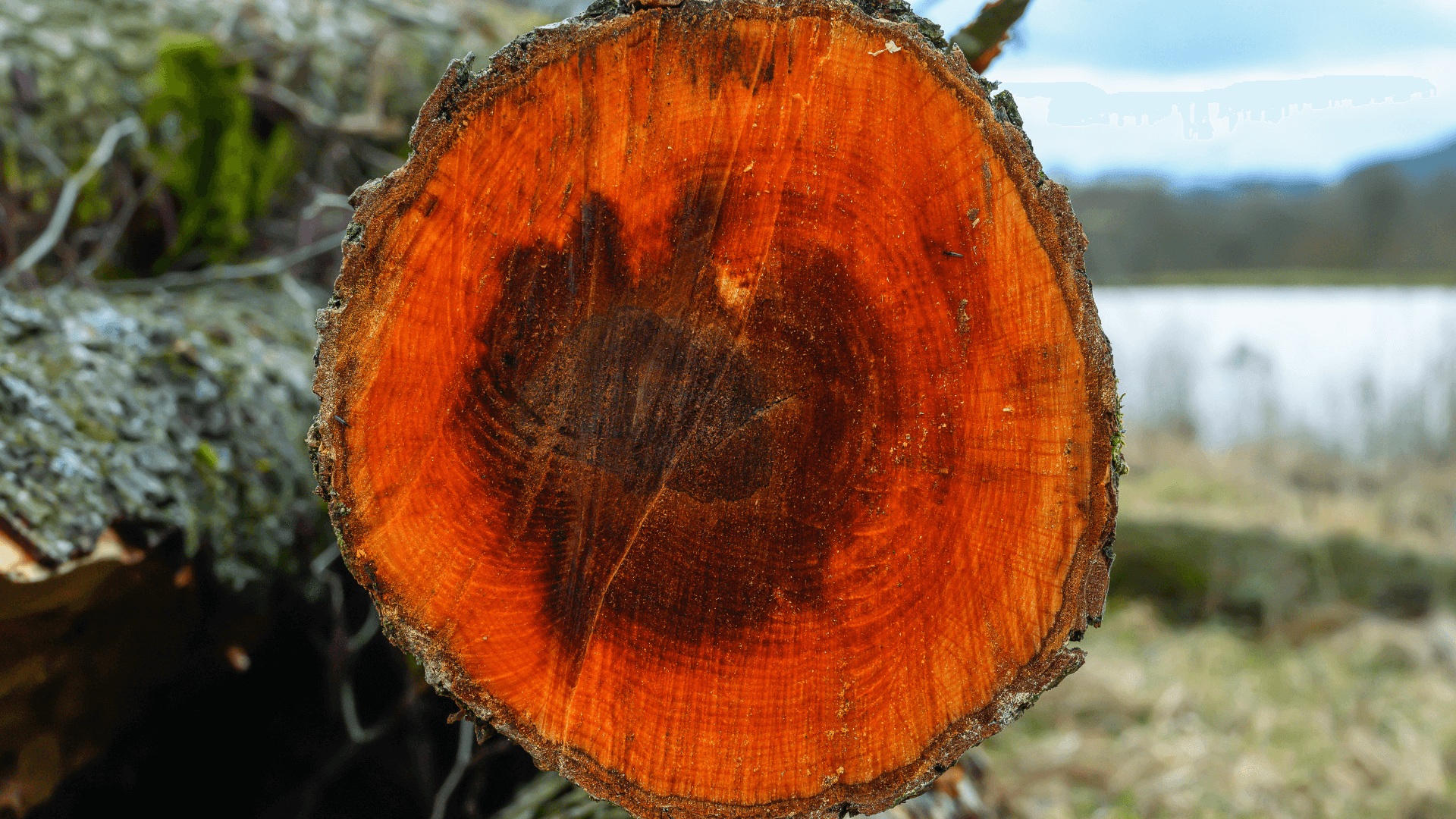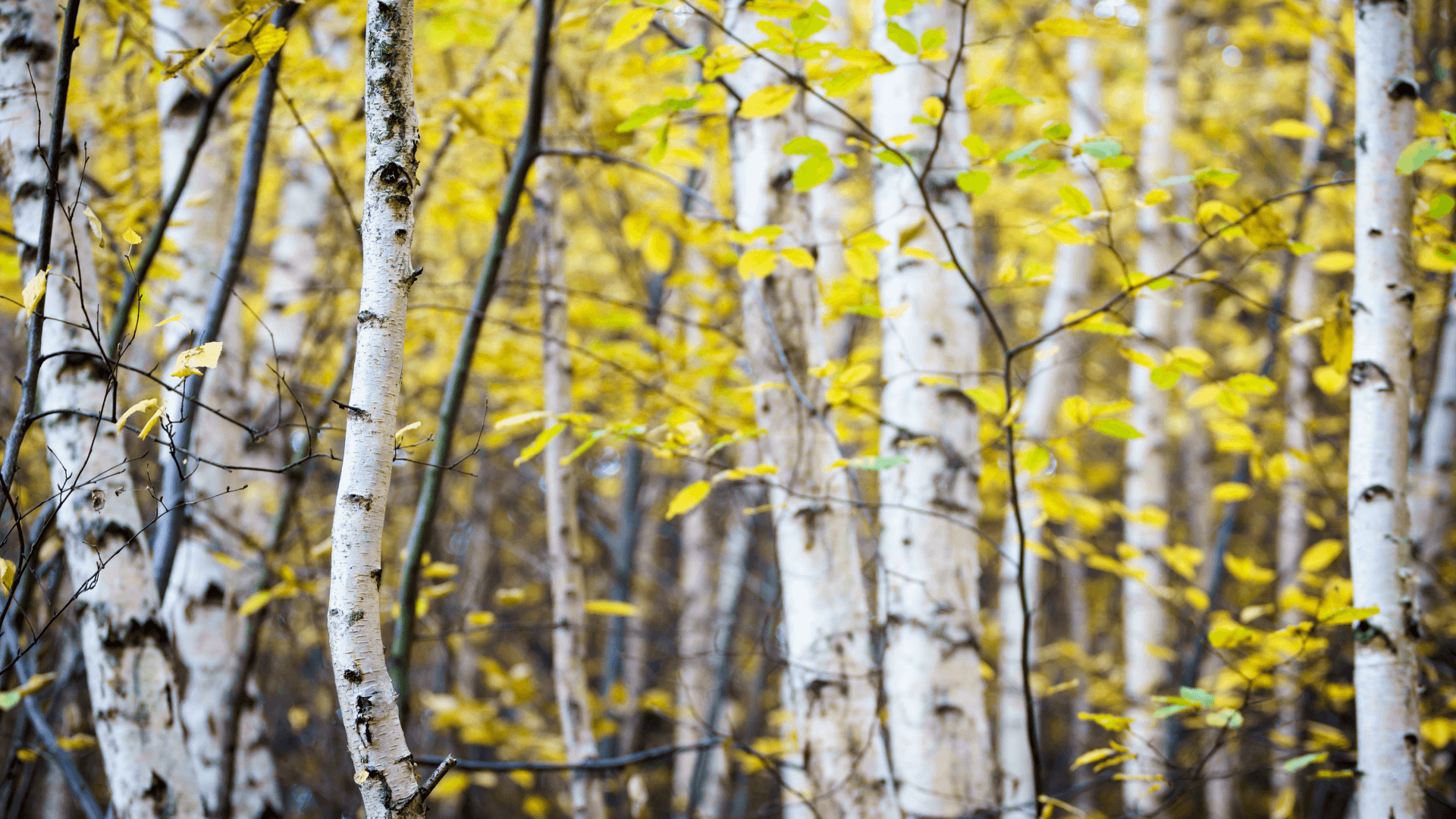Barn Door Materials: A Buyer's Guide
Apr 7th 2025
Barn doors can be made from a variety of materials, ranging from the common things like knotty alder, birch, and MDF to more unusual options, such as glass or live edge slabs. Each material offers a unique collection of benefits, making them best-suited for different kinds of situations.
So, to ensure you end up with the best possible barn door for your home, you’ll want to learn a little about the options available and the ways in which they differ. We’ll try to help you do exactly that below, by breaking down the different characteristics of some of the most common barn door materials.
5 Common Barn Door Materials
We’ll explain the basic characteristics, benefits, and drawbacks of the most common barn door materials and identify the best situations for them below.
1. Knotty Alder

Knotty alder is the wood produced by a tree that goes by many names, including red alder, western alder, and coast alder, but botanists call it Alnus rubra.
Native to a strip of land along the Pacific Coast that extends from Vancouver to California, the tree grows to about 100 feet in height and is prized for its ability to grow in poor soils. Most knotty alder timber is sustainably harvested, making it popular among eco-friendly homeowners.
The wood itself is normally light tan to reddish brown in color and usually exhibits relatively little difference in color between the heartwood and sapwood (the dark spot in the image above is decay). It often features many namesake knots, which give the wood a distinct, rustic appeal. The wood’s moderately fine grain pattern and ability to take stains – particularly red shades – mean that it is often used as an affordable alternative to black cherry.
Knotty alder can be dented rather easily, so it isn’t the best choice for applications in which it may suffer damage.
2. Birch

There are a number of birch tree species that are native to the U.S., but the species that’s most commonly harvested for timber is the yellow birch (Betula alleghaniensis). Like red alders, yellow birch trees are generally managed in a sustainable fashion, making the wood an eco-friendly choice.
Prized for the very light hue of its sapwood, some birch boards are nearly white in color. It often works well in homes that are seeking a clean and bright aesthetic, and its smooth surface helps give it a refined feel. It can be stained, but this is generally a task best left to skilled craftsmen, as it often absorbs stain inconsistently, leading to blotching.
Though it isn’t as hard as sugar maple or white oak, yellow birch is a moderately durable wood that is more dent-resistant than knotty alder. This makes it a better option for high-traffic areas.
Aside from being used to make barn doors, yellow birch is also a popular choice among furniture makers, as it is quite strong and stable.
3. MDF

MDF stands for medium density fiberboard. An engineered wood product, MDF is made by compressing wood fibers, wax, and resin together and then heating the resulting boards to fully cure the resin. The result is hard and heavy lumber with a very smooth surface.
Unlike natural woods, MDF lacks a grain pattern, which may or may not be desirable, depending on one’s personal tastes. Also, because it lacks a grain pattern and features a smooth surface, MDF is usually not stained; it is painted instead. This means that you can choose from virtually any color of the rainbow, unlike stains, which are usually only available in colors between red and black.
One thing is certain about MDF: Craftsmen often love working with it. Because it lacks grains and has a completely uniform composition, it is a dream to cut, drill, or shape.
MDF is, unfortunately, quite heavy, and it must not be used in damp areas, as it may absorb moisture, leading to swelling. However, MDF is less likely to warp than most natural wood doors, and it is a very affordable option that’s perfect for budget-minded customers.
4. Glass

Glass provides a completely different aesthetic than natural or engineered wood products, and it is typically the preferred choice of homeowners seeking a more contemporary barn door. Glass obviously allows light to pass through the door, which helps foster a bright atmosphere.
However, it is important to note that not all glass is completely transparent; most Barndoorz glass doors are available in your choice of glass finishes. You can certainly select transparent glass that allows you to clearly see what is on the opposite side of the door, or you can choose glass panels with some degree of opacity, including our Flemish, Water, and Rain options.
Glass is quite easy to clean and maintain, but it does present a few challenges. For starters, glass is considerably more fragile than wood, making it a poor choice for some homes. Glass is also a heavy material, so proper installation is crucial.
It is worth noting that glass is a remarkably sustainable material. The manufacturing process doesn’t produce a lot of carbon, and the materials needed to create glass (primarily sand, lime, and soda ash) are abundant. Glass can also be recycled once it’s reached the end of its lifespan.
5. Live Edge Slabs

One of the most eye-catching options available, live edge slabs offer a completely different kind of aesthetic than other wood barn doors.
Instead of being constructed from a number of relatively small individual planks, these doors are made from one or two large wooden slabs. They also feature a natural, curved edge rather than the straight edge other wooden doors possess. These two characteristics give live edge slab doors a very “organic” appearance that can truly transform a space. Perhaps most importantly, these doors are truly unique – no two slabs look exactly the same.
Barnroorz live edge slab doors are made from the wood of rain trees (Albizia saman). Also known as the South American walnut, this tree is abundant and in no danger of extinction, making it an eco-friendly choice. The natural appearance of the wood is absolutely stunning, so they’re typically not stained. Instead, they’re offered with or without a clear top coat finish.
Live slab doors are remarkably durable, but they are heavy, so proper installation is crucial. One-piece versions are typically the most attractive, but two-piece versions are more affordable, making them more popular with cost-conscious buyers.
Making Your Choice: The Best Situations for Different Barn Door Materials
It’s important to note that there are rarely “right” or “wrong” choices when it comes to barn door materials. By and large, most customers should just familiarize themselves with the options available and then select the material that best suits their tastes, budget, and needs.
However, we’ll try to help you navigate this decision by sharing some of the best barn door materials for different situations:
- Modern tastes: MDF and glass barn doors are often preferred by buyers seeking modern-looking barn doors.
- Rustic tastes: While one could argue that live edge slabs have a rustic appearance, typically birch and knotty alder are the materials of choice for those seeking this kind of aesthetic.
- Looking for something different: No door is as head-turning as one made from a one-of-a-kind live edge slab, though glass doors are also a viable choice.
- Budget-conscious: MDF is generally the most affordable barn door material, with knotty alder coming in right behind it.
- Prioritizing durability: Glass will not warp or swell, but it may break; live edge slabs are quite durable, though they are not indestructible. MDF is also rather durable.
- High-humidity locations: Glass is likely the best option for high-humidity applications, such as when mounting a barn door in a laundry room or bathroom. MDF is likely the worst option for these types of places.
- Children’s rooms: Because it can be painted just about any color you like and it is quite durable, MDF is a good choice for kids’ rooms. However, it is important to remember that MDF is heavy, so it may not be the best choice for the rooms of very young or small children. Glass is the worst choice for these applications.
Barndoorz: Premium Materials Make for Premium Barn Doors
Hopefully, the information provided above will help you decide which barn door material will work best for your home and application. But whether you select glass, MDF or live edge slabs, you want to ensure you get good value for your home-improvement dollar.
The easiest way to do that is by selecting one of the models in the Barndoorz lineup. We only use the finest materials available to ensure you get the kind of quality you deserve. See the entire selection of Barndoorz now and start picking the best model for your home.
